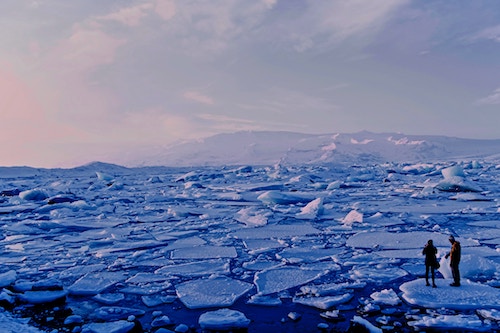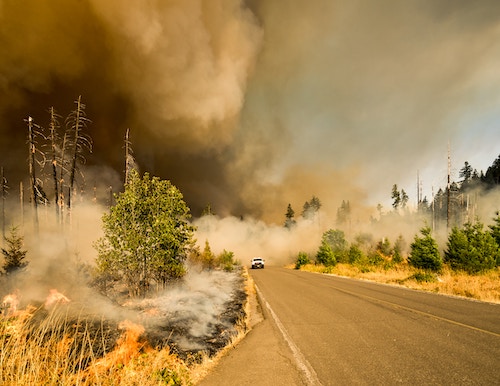Wake-up Call!
After transitioning into the new year, we would like to offer a recap on the previous year of broken records 2023.
As Mia Foulkes reports for Climate Science, there were 6 records broken in 2023:
- 2023 was the hottest year on record
- Record ice melt on Greenland ice sheet
- Warmest ocean temperatures on record
- Record high sea levels
- Record low Antarctic sea-ice
- Record wildfires in Canada
1. The hottest year on record
In the year 2023, temperatures have consistently risen, with each month from June onwards marking the highest recorded temperatures, according to the Copernicus Climate Change. (source) The map below illustrates the global surface air temperature anomalies going back to 1940.

Credits: Copernicus Climate Change Service
2. Record ice melt on Greenland ice sheet
The Arctic region was also affected by this: The summit station in Greenland experienced its warmest summer on record, with temperatures 3.4 °C higher than the 1991–2020 average and 1.0 °C above the previous record. This was the highest melting in Greenland since the strong melting observed in 2012! (source)

Credits: Roxanne Desgagnes from Unsplash
3. Warmest ocean temperatures on record
On average, global sea surface temperatures tend to peak in March every year. Yet, information from the Copernicus Climate Change Service indicates that sea surface temperatures have consistently climbed, reaching their peak in July. These high temperatures were particularly noticeable in the North Atlantic. (source)
4. Record high sea levels
The overall sea levels also achieved a record high. They increased more than twice as rapidly from 2013 to 2022 compared to the first decade of the satellite record (1993-2002). By 2023, the global mean sea level had set a new record, indicating ongoing ocean warming and the melting of glaciers and ice sheets. (source)
5. Record low Antarctic sea-ice
There are two main ice sheets covering Greenland and Antarctica, which were estimated to be below average during 2022 – 2020 (source).
6. Record wildfires in Canada
In 2023, 1.85 million km2 of forest burnt in wildfires, which was equivalent to twice the area of Portugal and more than six times the 10-year average (source). There are multiple factors that were to blame for these fires: a diminished winter snowpack, an intense spring heatwave causing early exposure of bare ice across the majority of glaciers and ice fields, above-average summer temperatures, and unprecedented wildfire activity in western Canada (source). The wildfires also strongly affected the local air quality in Canada that suffered PM2.5 concentrations over 150 PM2.5, which is ten times the WHO maximum (source). The fine dust particles also affected large parts of North America and even Europe and Asia (source).

Credits: Markus Kauffman from Unsplash
The previous year shouldn’t discourage us to make changes to protect our planet, but instead it shows us the urgency once more. The tiny superhero moss can support us during extreme weather events and high pollution levels. Due to its large surface area, it can filter up to 82% of fine dust particles from the ambient air and lower temperatures by up to 4 °C. These remarkable features can help us alleviate the effects of climate change. Finally, there is limited time to prevent further records from being broken, but we can only do this together!
